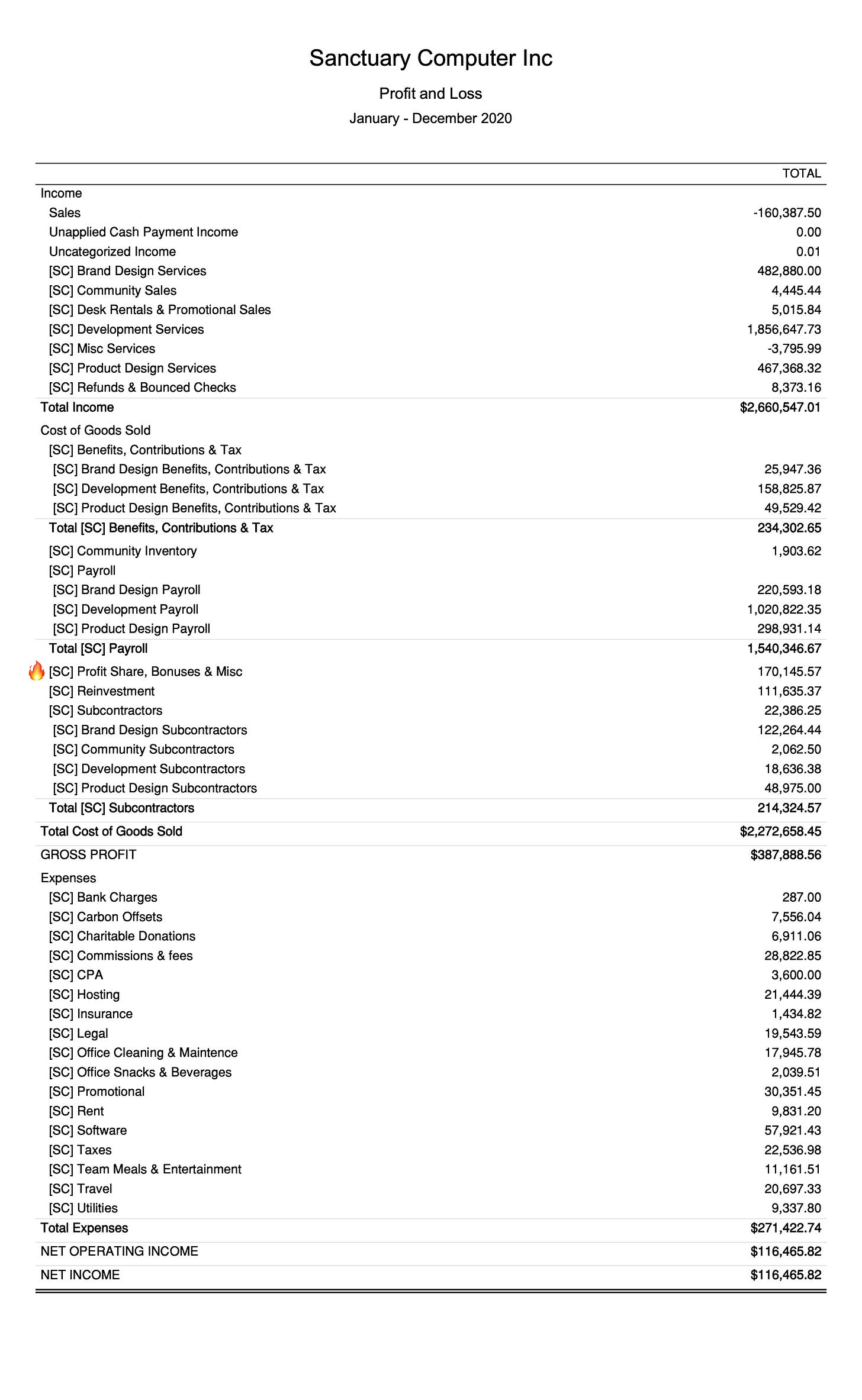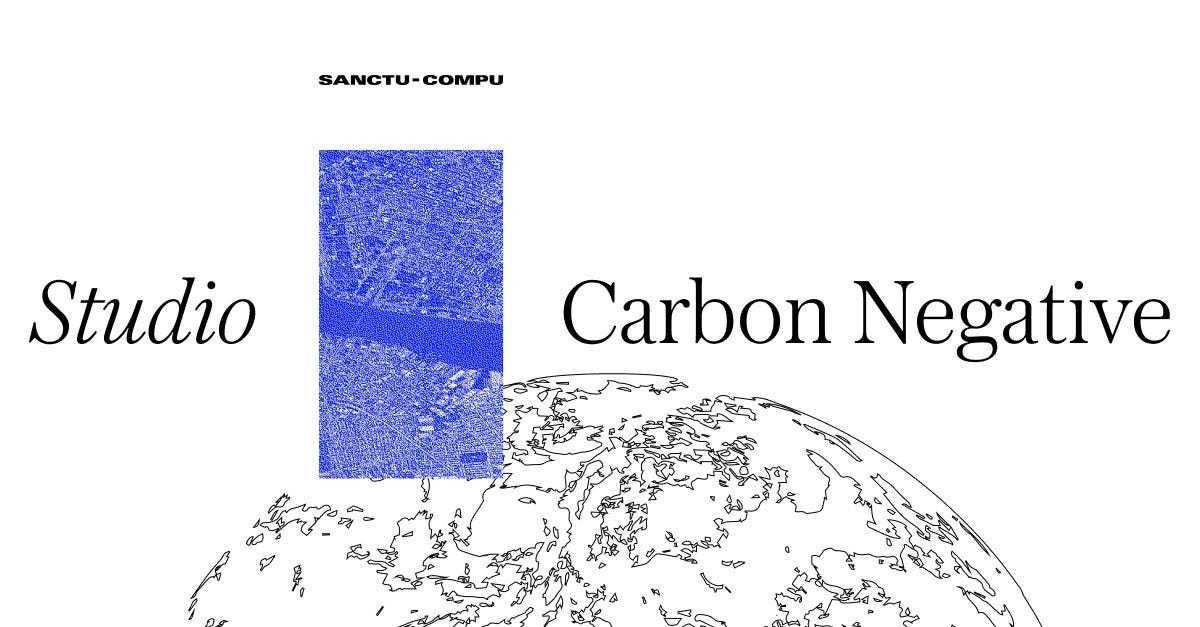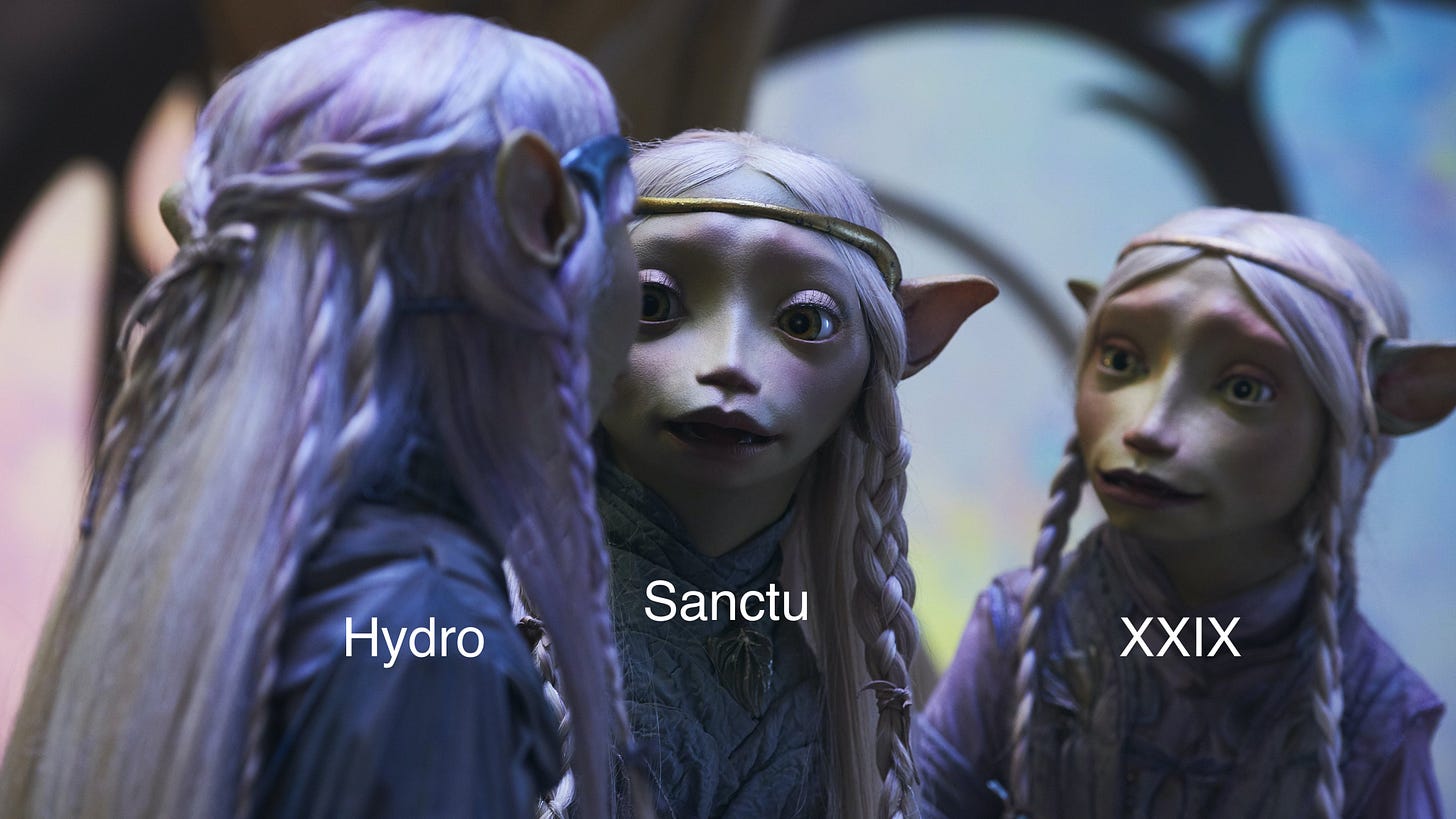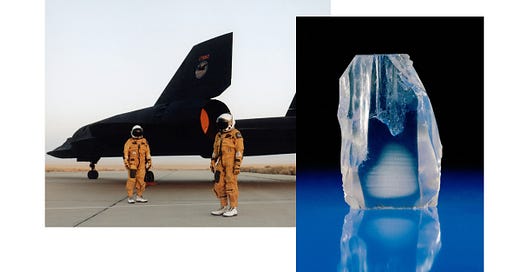2020 was a doozy. Like, well, the entire US tech economy, we went full time remote and relearned how to work. However, unlike most of these folks, we used the pandemic as a way to wholesale rethink how we do things. This is that story <3
Historical Posts:
2015 & 2016 | 2017 | 2018 | 2019
🥜 2020 In a Nutshell
We joined companies with XXIX, built them a new website, started working together and grew their team to 8 people
Built our new UX studio, Manhattan Hydraulics, to 6 people and shipped a bunch of great software design for our clients
Designed & built great things for Nike, Drake, IBM, Mailchimp, Pratt School of Architecture, Proper, Buoy, Tablet Magazine, Hudson Carbon, Homebound, Cocoon, Orquestra, The Light Phone, BBGV, Ample Hills, Earthrise, Dims, RealGood Stuff, Wildfox Running, Rootine, FTF, Realm, Lore, MIT, Rocean, Roti, Endless West and more that I can’t legally mention
Launched Seaborne, our small sustainability studio dedicated to helping modern internet businesses do good by the planet
Soft launched Spirit Fish, a next generation hosting platform for rendering and serving JAMStack apps at the edge
Moved to a decentralized org design to glow through the pandemic, and our move to full time remote (See “The Crystal Lattice” below)
Became carbon negative by 150%, dating back to our time of founding
Spent $7,556 in carbon offsets, and gave $6,911 in charitable donations through matching & our online trivia sessions we ran for the community directly after NYC’s lockdown
Did $2,660,547 USD in revenue and SHARED ALL TIME HIGH $180,149.62 IN PROFIT WITH OUR PEOPLE

As always, our P&L Statements are Open Source here, and our Profit Share scenarios are available here.

🤔 Things we Learnt
We introduced The Crystal Lattice
In the wake of NYC’s pandemic lockdown, we didn’t know what to do (we open source’d our response to COVID-19 here). We had just joined teams with XXIX, and were mid-flight learning how to run our fledgling UX studio, Manhattan Hydraulics. We barely knew how to work together in-studio, and certainly had no idea how to work suddenly remote.

The immediate problems were obvious. Context was being lost in Slack messages just a couple pages deep. Important conversations were being had in (unsearchable) DMs. Project files needed to be requested multiple times from multiple people (often the wrong versions), and everyone was asking me how to do everything, last minute, the moment they needed it.
There was no single source of truth for anything, and in the absence of that, everything was directed at me (👋 Hugh), and I was buckling under the enormous communication load.
We could have simply hired a few PMs to take some of that load, but Sanctuary has never believed in project managers. We hire autonomous people who don't need to be managed. Moving closer to a traditional agency felt like a regression.
It was around this time that Tim (Hydraulics’ product strategist) introduced me to his old boss Aaron Dignan of The Ready. Tim & I had already been chatting about decentralized organization design for a while, which is where The Ready take their own inspiration from.
Aaron gave us a couple of really useful mental models:
A lot of founders see their org design as a beautiful, delicate flower. A perfect ruleset that will eventually be finished, and work for everyone. In decentralized org design - instead, you’re growing a weed. Something that can’t be killed. Something that is in constant evolution. You pull one weed up, and three more grow in it’s place, because they can’t not.
In order to achieve this, you should create democratized tools to allow for easy evolution, and get out of the way. Every time you short circuit a communication channel, or come in over the top and impose a new process, you’re reinforcing a centralized, traditional company structure, and the org can not grow. You need to be comfortable stepping back, and letting tension force the required evolutionary steps.
So, we introduced “The Crystal Lattice” - our new, pandemic proof organizing philosophy, and I can’t believe we didn’t do it sooner. It’s made the lives of everyone dramatically easier, and more fulfilling: there’s now space for individuals to mold the organization in the image of the company they want to work at. When they see problems, they fix them themselves. Decentralization is a massively powerful tool, and I would never consider moving back to a traditional (stuffy) org structure.
In order to provide a better place to work, this philosophy treats project teams and internal processes like nodes in a distributed system: each operates with suggested operating procedures; while at the same time giving individuals within each node more autonomy, ownership and freedom to operate how they prefer, learning and growing in the process.
There's some simple mechanisms for those nodes to escalate issues when support is needed, and report back to the team at large, but for the most part, The Crystal Lattice is designed to decentralize how we do things, without adding traditional organizational bloat like layers of middle management and HR departments 🤢.
- Taken from our internal documentation on The Crystal Lattice
Evolving through experiments
One of the key tools we introduced last year was called “Experiments”. In essence, it’s a Notion board that allows any individual at the company to propose an org design experiment, and using a process called Integrative Decision Making (Iz wrote about that here), our team moves these ideas into effect at a rapid rate. It works like this:
An individual has an idea, so they fill out an Experiment Template
During a team wide meeting, that individual proposes the Experiment
The group raises questions and concerns, and if ultimately no one can prove that it’s unsafe to try, it unanimously goes into effect, with the proposer as the steward (Steward: member who commits to sharing the experiment's learnings with the studio)
The steward then gives updates on the success (or failure!) of the Experiment in future meetings, until it’s properly ratified (at a date the proposer chooses)
This has been a massive success, and I can’t wait to see what experiments come through in 2021. In the ~8 months we have been doing this - we’ve passed more than 25 experiments from 12 different individuals, including Isabel’s Parental Leave policy that we wrote about over here.
Democratization of information became really important
In considering decentralization - one of the first folks I chatted with was my buddy Arkadiy Kukarkin (Grants Manager of Protocol Labs). Protocol Labs runs in a decentralized manner, and coincidentally, Arkadiy also worked previously with Spotify, who’s engineering teams model we were also considering.
Arkadiy helped us understand the importance of “democratization of information” - the idea that as information spreads and permeates through an organization, it can be done-so in a “silo’ed” fashion (traditional, non-transparent companies tend to naturally opt this model). This means that individuals can not “pull” information when they need it, as conversation likely happens in un-indexable or hard-to-search places, like Slack DMs or permissioned documents like Google Drive.
Arkadiy pushed us to consider alternatives to Slack, which had suddenly became an absolute firehose of unsearchable, non-context, psudeo-synchronous communication. Decisions get made in real time - so by default, those conversations needed to happen in the open, and those results needed be archived neatly.
So, we settled on Twist:
And Notion:
Twist was immediately less chaotic and busy than Slack, which ended up being a good thing. Our team uses it with intention. When they open a topic, it has a subject. It is closed and archived when that topic is resolved. It is easy to search. It is calm.
Notion (unlike Drive) has default open permissions. It is one big, collaborative workspace with tons of widgets, allowing us to document and organize in a flexible way, that is (again) searchable, and easy to explore.
Suddenly, we could focus again.
📈 Sanctuary over Time
In the early parts of the pandemic, we weren’t sure how stable we’d be. We do work in the hardware space, and almost all of those clients dropped or pulled back our contracts due to instability in Chinese manufacturing. We had early-stage design projects pull the pin, and deadbeat institutions use the pandemic as an excuse to delay payments for months on end. March to June was bumpy.
However, things took a turn for the better in Q3 & Q4. We started seeing clients energized to use the pandemic as a way to build digital into their strategy, and we recovered. We started hiring again, seeing clearly that our services were now more sought after than every before, and that trend would only increase as the vaccine rolls out.
Here’s how 2020 panned out compared to our performance historically. Not so bad!
Net Margin (before Profit Sharing) over Time
Profit Share over Time
Revenue Growth over Time
2020 ended up being nearly as successful as a growth year as any other. We’re forever thankful for the opportunities we had last year, and happy that we were able to provide stability to our people during such an unknown period.
👩🎤 Thank you, next ($fresh energy$)
We’re SO excited for the new, $fresh energy$ coming to NYC, and our global community post-vax. We’ll be investing in building community (furthering XXXI.nyc), rolling out an equity program for our team, dropping some hot new (secret) SaaS products, maturing our decentralized org design, doubling down on sustainability in our work. We’ll be sharing it all here. <3













